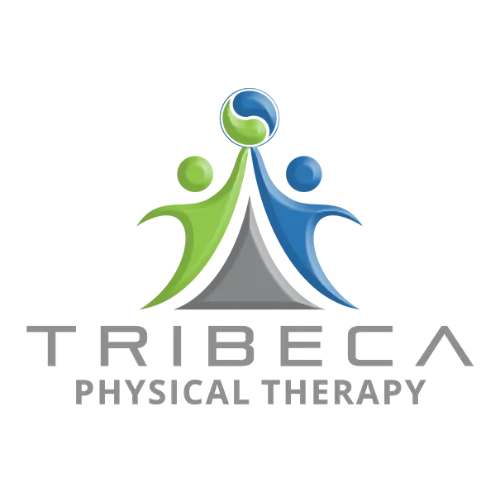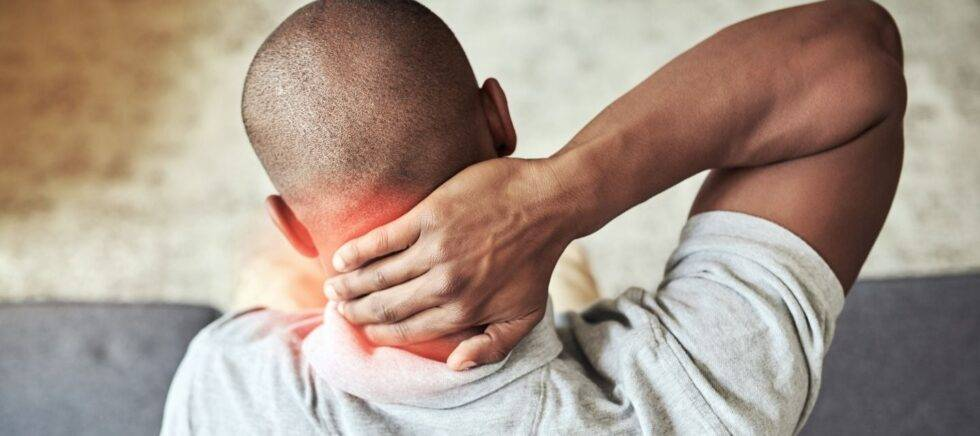Several people suffer from stroke each year. Those who successfully beat stroke are now looking for ways to gain their strengths back. How can this be possible? Through physical therapy, stroke survivors can regain their strength, balance, coordination, and their quality of life by undergoing rehabilitation. Rehabilitation will not cure the effects of a stroke or return everything to normal, but it can help achieve the best results to give back some sense of normalcy in the lives of the survivors.
After a stroke, it is important to seek early recovery to regain your strength back. Some of thecommon symptoms of post-stroke you can observe from the patients include paralysis, posture and balance problems, incontinence, memory and speech problems, and behavioral changes. For these symptoms not to get worst, urgency in this matter produces better outcomes in patients. Ideally, rehabilitation should begin two days after the stroke took place. When patients are guided as early as this, it would be easier for physical therapists to improve their function and help stroke survivors to regain their strength.
Getting back the lost strength of patients after stroke is highly dependent on the quality of care and guidance during the rehabilitation program they receive. Post-stroke physical therapy is essential in the purpose of helping the survivors gain strength and confidence to take on their usual routines. With the help of physical therapy, patients can expect to relearn basic muscle movements and help them avoid complications, such as falls and weakness. The program varies depending on the type of stroke they experienced and what the physical therapist determines during the assessment. Some of the exercises that are part of physical therapy routines during post-stroke recovery include:
● Mobility exercises – the main aim of these exercises is to support the weight of the patient while restraining their body. Mobility aids like walkers, ankle braces, wheelchairs, and canes can help stabilize and support the patient’s weight.
● Range of motion training – specific movements like wrist motions, finger motions, elbow bend, and other stretching exercises can reduce tension in the muscles improving motion. For best results, do this training with the supervision of a physical therapist.
● Motor-skils redevelopment – these exercises contribute to muscle strength and coordination. The exercises you can do that use motor skills are not limited to buttoning a shirt, folding napkins, stacking objects, and brushing your teeth.
Physical therapy focuses on retraining and redeveloping the body and the brain to regain coordination, muscle control, balance, and strength. The process of physical therapy for post-stroke survivors prioritizes the targeted areas and requires patients to do complex movements and repeated motor skills exercises to gain strength and control in affected areas.
Join Tribeca Runners for a fun and healthy way to energize and connect with the community!



